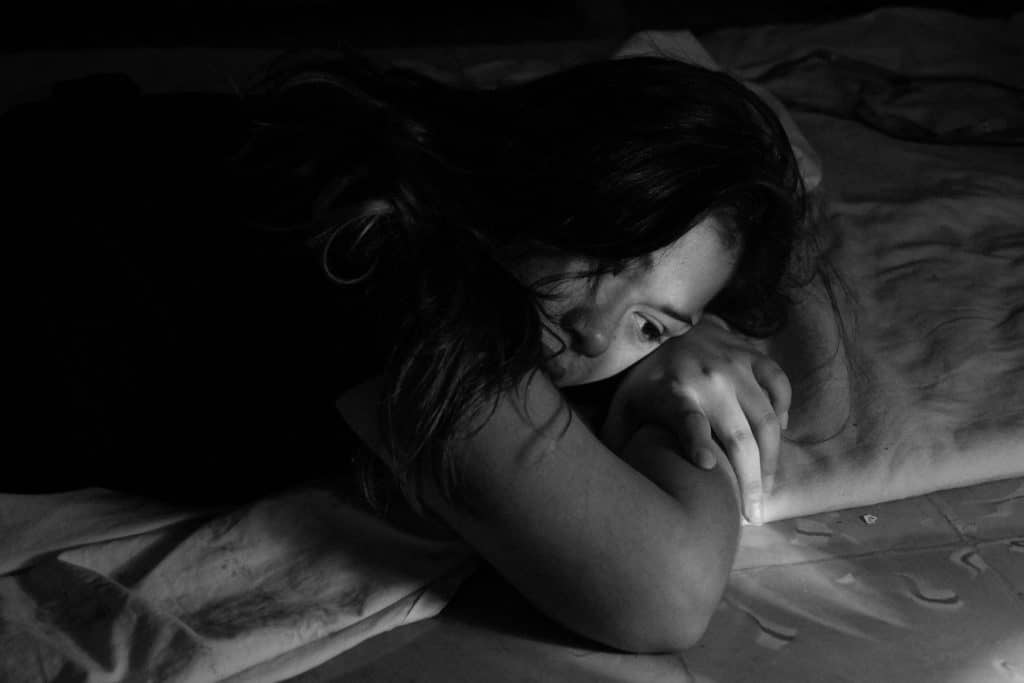There are critical gaps in the current support available for children and young people using adolescent family violence (AFV).
This is an under-researched topic in Australia but new ANROWS findings by Professor Kate Fitz-Gibbon of Monash University is shedding some light on the need for trauma informed responses towards young people using and experiencing this violence.
“This study reveals the range of ways in which the support needs of young people who use family violence, and their family members are not being met,” says Professor Fitz-Gibbon.
The findings come in two parts where researchers surveyed over 5,000 young people aged 16 to 20 living in Australia.
Last month, the first report was released showing that one in five young people who participated reported having used violence against a family member. And 89 per cent of those young people had experienced child abuse during their lifetime.
One 18-year-old female participant says, “My own behaviour felt like a mirror of the behaviour I experienced which I hated but I didn’t know how to break the cycle because regardless of how I changed my behaviour, I still experienced the same abuse.”
The second report, “Adolescent family violence in Australia: A national study of service and support needs for young people who use family violence,” focuses on the needs of young people who use AFV.
There were 1,006 young people who self-reported using violence in the home. Of these reports, 34 per cent said they used violence to a family member, 18 per cent to a friend, 7 per cent to a formal service and 1 per cent to another member of the community.
Siblings and mothers were most at risk of being subjected to AFV and the most common forms of violence included verbal abuse, physical violence and emotional or psychological abuse.
“Children and young people consistently told us that they seek consistent, supportive and validating responses from the trusted people to whom they disclose their use of violence,” says Professor Fitz-Gibbons. “At present, the responses children and young people all too often receive often fail to provide any short- or long-term meaningful support.”
These young people identified a number of related support needs such as someone to talk to, a safe space or place, professional support, education for parents and carers, a supportive school environment and a supportive mother.
Regarding this support, one 18-year-old female participant says, “Maybe more education to parents about how to manage their anger. I know my parents meant well but I think things would have been easier for them if they knew how to work through their emotions instead of projecting them onto me and apologising later.”
ANROWS CEO, Padma Raman PSM notes that young people need to feel heard when talking about violence at home, including their own violence, and they need to know there are safe supports in place for them to make behavioural changes.
“This research provides the basis of understanding for all people connected to young people to better recognise and respond to adolescent violence in the home, so their disclosures to trusted adults are met with consistency and care,” says Raman.
An effective response to AFV requires whole-of-system interventions tailored to the needs of young people.
Minister for Social Services Amanda Rishworth said tackling domestic and family violence is a priority for the Albanese Government and listening to young people will be key to reform.
“We know that domestic and family violence creates a huge amount of emotional strain for children and young people and they often feel guilty that they cannot fix the situation. We welcome this ANROWS report for giving young people a say in their own right about the support and services they need”.
“The recommendations will inform the next National Plan to End Violence against Women and Children which we will release in October.”


